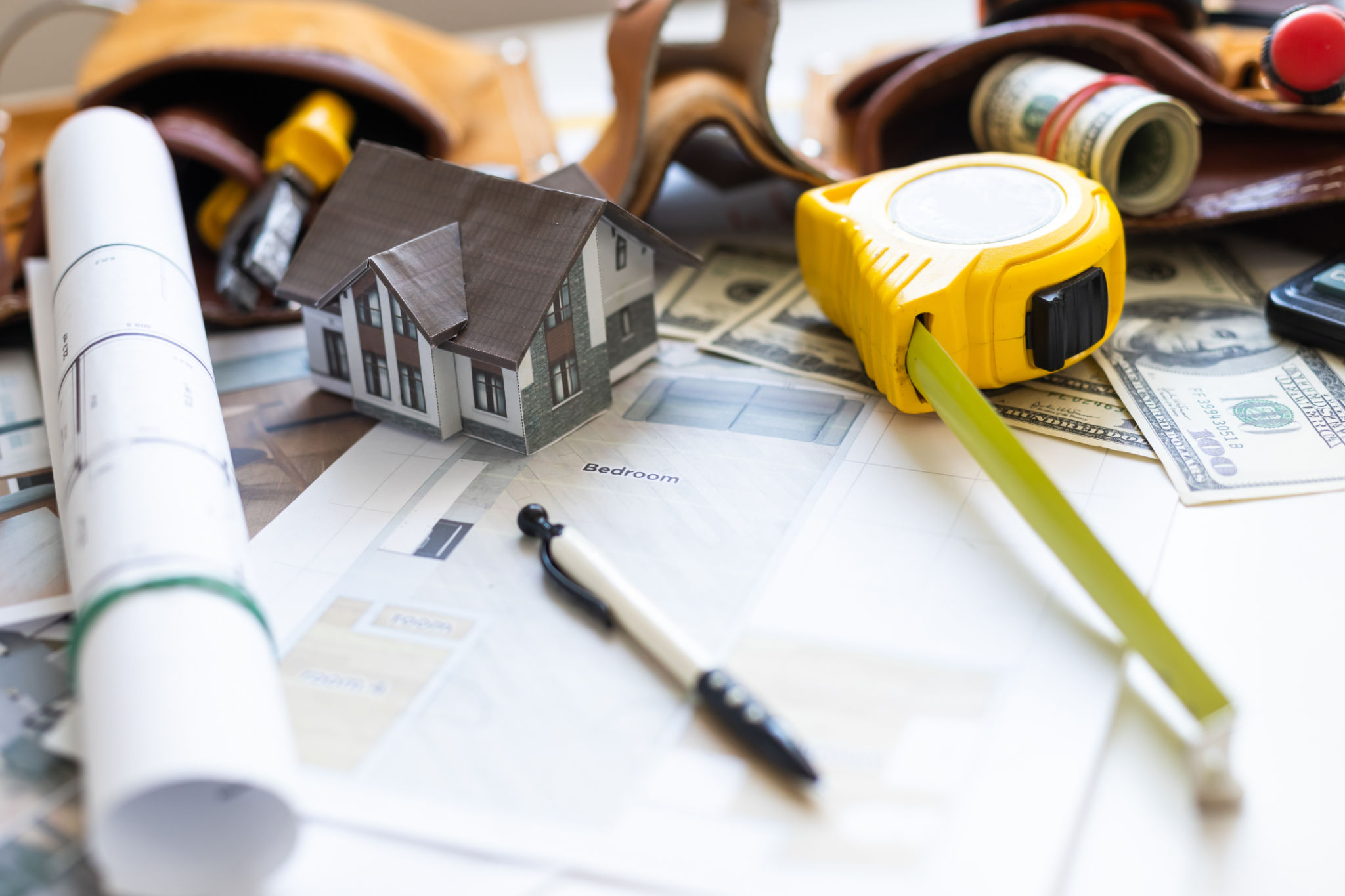DIY Masonry Maintenance: Simple Steps for Homeowners
HS
Understanding the Basics of Masonry Maintenance
For homeowners, maintaining the masonry of your property is essential to preserving its structural integrity and aesthetic appeal. Masonry includes materials like brick, stone, and concrete, which are durable yet require regular upkeep. By learning some simple maintenance steps, you can extend the life of your masonry and keep your home looking its best.
Identifying common problems early, such as cracks, discoloration, or loose mortar, is crucial. These issues, if left unaddressed, can lead to more significant problems like water damage or structural failure. Taking a proactive approach to masonry maintenance can save you time and money in the long run.

Performing a Visual Inspection
The first step in DIY masonry maintenance is to conduct a thorough visual inspection of your home's exterior. Look for cracks in the mortar joints, chipped bricks or stones, and any signs of water damage. Pay special attention to areas around windows, doors, and corners where problems are more likely to occur.
If you notice any significant issues during your inspection, consider consulting a professional mason for advice. However, minor problems often can be addressed with simple DIY solutions. Documenting the condition of your masonry with photos can also help track its status over time.
Tools You'll Need
Before starting any repair work, gather the necessary tools and materials. Basic tools for masonry maintenance include:
- Trowel
- Chisel
- Wire brush
- Mortar mix
- Caulking gun
- Safety goggles and gloves

Addressing Common Masonry Issues
Once you've identified issues during your inspection, it's time to address them. For minor cracks in the mortar joints, repointing is often the solution. Repointing involves removing the old mortar and applying new mortar to reinforce the joints. This process not only strengthens the structure but also improves its appearance.
Discoloration or efflorescence, a white powdery substance on the surface of brickwork, can be cleaned with a mixture of water and vinegar or a specialized masonry cleaner. Always test any cleaning solution on a small area first to ensure it doesn't damage the masonry.
Preventive Measures
Preventive measures can significantly reduce the need for frequent repairs. Ensure that your gutters and downspouts are in good condition to prevent water from pooling near your masonry walls. Trimming vegetation away from the walls will also help, as plants can retain moisture against the masonry, leading to deterioration.

When to Call a Professional
While many masonry issues can be handled with DIY techniques, some situations require professional intervention. Extensive cracking, bulging walls, or major water infiltration are signs of serious structural issues that need expert attention. In such cases, hiring a qualified mason can ensure that repairs are done safely and effectively.
Remember that regular maintenance and timely repairs are key to preserving your home's masonry. By following these simple steps and knowing when to seek professional help, you can keep your home strong and beautiful for years to come.
